![]()
Finding rules
We have just looked at completing tables and plotting the corresponding points. Now we can find a rule that fits a table or a plot of points. There are an infinite number of rules but we are looking for the unique linear rule in the form y = mx + c.
Example 2
Find a rule for each of the following tables and then express the rule in algebra.
- y =
x 1 2 3 4 5 y 5 10 15 20 25 - y =
x –2 –1 0 1 2 y –4 –1 2 5 8 Solution
- Each x value is multiplied by 5 to obtain the corresponding y value. The rule is:
y = 5x - Each x value is multiplied by 3 then 2 is added to obtain the corresponding y value. The rule is:
y = 3x + 2
Example 3
Plot the points (–2, 4), (–1, 2), (0, 0), (1, –2) and (2, –4) on the Cartesian plane and give a rule connecting the y-coordinate and the x-coordinate.
Solution
We can see that the rule is:
y = –2x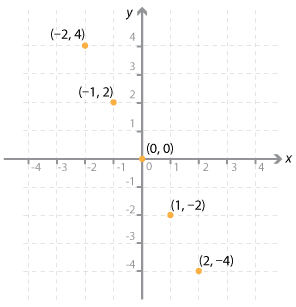
Example 4
Matchsticks can be used to make the following pattern of shapes. The first diagram uses three matches to form one triangle. The second diagram uses five matches to form two triangles. We could continue adding matches to form more triangles.
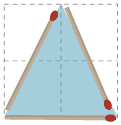
Diagram 1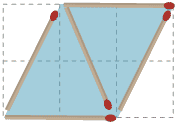
Diagram 2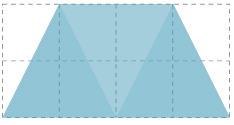
Diagram 3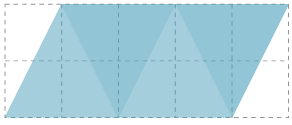
Diagram 4- Count the number of matches needed to make each diagram and complete the table.
Number of triangles (t) 1 2 3 4 5 6 Number of matches (m) 3 5 7 - How many matches do we need to add each time to create an extra triangle?
- Plot the points (t, m) for values of t from 1 to 6 using your table of values.
- Write a rule that tells us the number of matches, m, we need to make any number of triangles, t.
Solution
Number of triangles (t) 1 2 3 4 5 6 Number of matches (m) 3 5 7 9 11 13 - We need two more matches to create an extra triangle.
- The points are (1, 3), (2, 5), (3, 7), (4, 9), (5, 11) and (6, 13).
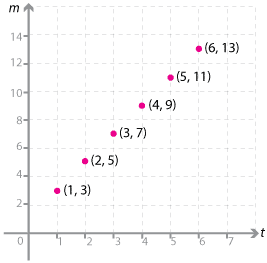
- The rule for connecting the number of matches, m, to the number of triangles, t, is :
m = 2t + 1



- y =

